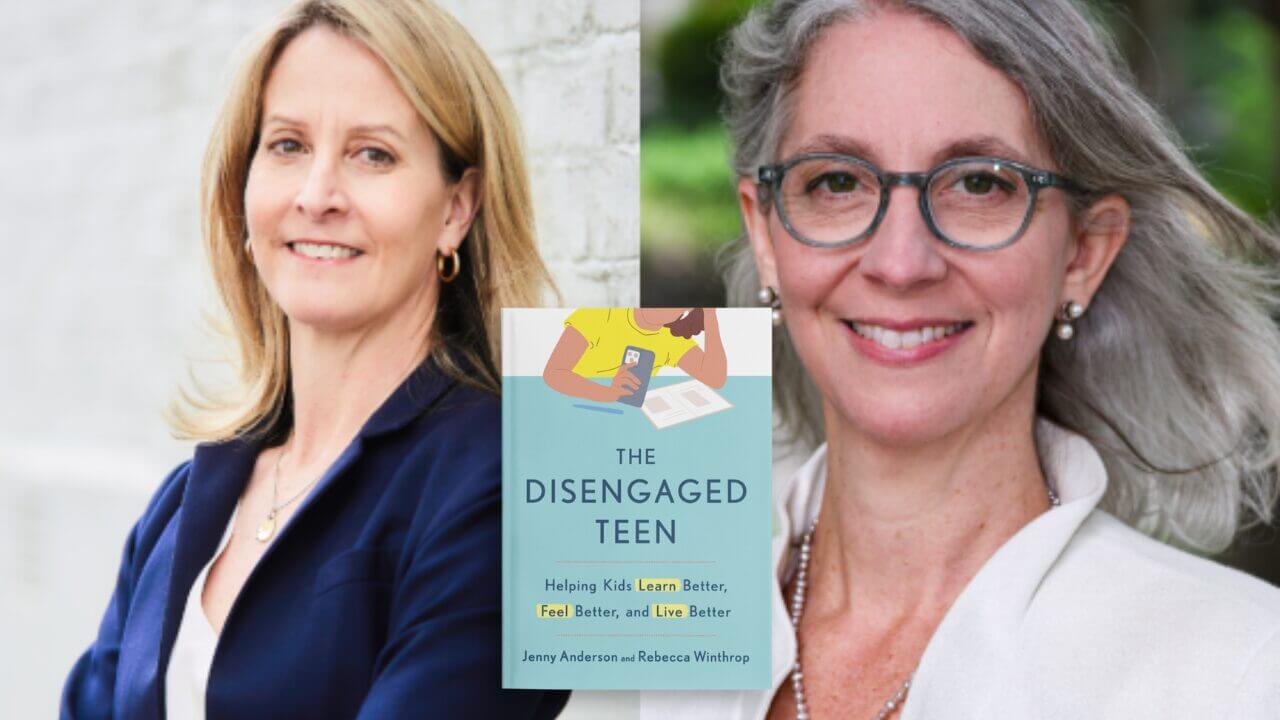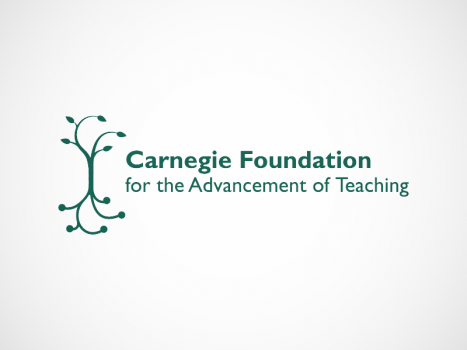Making Healthcare Better Has Lessons for Making Education Better
When looking for comparisons, people who want to change education often consider health systems.
 It can be an apt comparison. There is the crucial role of the professional at the center of the enterprise. You see the public regard, expectation and trust of the physician that mirrors the beloved teacher. And of course there is the necessity of public funds. However, like Americans’ relationship to education, people tend to love their own doctor but regard the overall health system as unfair and broken.
It can be an apt comparison. There is the crucial role of the professional at the center of the enterprise. You see the public regard, expectation and trust of the physician that mirrors the beloved teacher. And of course there is the necessity of public funds. However, like Americans’ relationship to education, people tend to love their own doctor but regard the overall health system as unfair and broken.
If we hope to sustain improvement in school systems, we might look at organizations that have been able to sustain solid results in improving healthcare. In the healthcare debate, the Administration has cited several exemplars. In the spring President Obama declared Intermountain Healthcare, a highly regarded network of hospitals and clinics in Utah and Idaho, as the place we should look to as a nation as we rethink the health infrastructure, cost and incentive system. On Sunday, The New York Times Magazine’s David Leonhardt wrote a cover piece, “Making Healthcare Better,” that is a riveting portrait of the chief quality officer at Intermountain, Dr. Brent James. It is an impressive story about using evidence to improve quality at scale, something education research is attempting at Carnegie and beyond.
Dr. James is the right man at the right time. He is an analyst and advisor who understands the soul and habits of physicians. He introduces measurement and gently cajoles and convinces his colleagues to listen to the data. We should be so lucky to have school principals and superintendents, and college and university administrators, and legislators with James’ touch. The article is also an account of the problems of natural occurring variation (in this instance in what each patient and doctor brings to their exchanges). Researchers can read this piece and translate those exchanges, and the attitudes and habits they reveal, into what each student and teacher brings to instruction.
The article also mentions Dr. Donald Berwick, part of a group of health care reformers and advocates for patient safety who started the Institute for Healthcare Improvement. Staff from Carnegie visited Berwick’s organization in Boston to learn from their success in “trying to overturn an entrenched status quo.” We have, in fact, borrowed some of their approaches as we seek to transform problems of practice in education.
Here at Carnegie, we are all reading this article because we believe over time we will rethink how systems can become more productive only if we systematically study naturally occurring variation and use that study as a basis for improving practice.
John Ayers
Carnegie Vice President/Treasurer
November 5, 2009
In The Fifth Discipline: The Art and Practice of the Learning Organization, scientist and organizational-theory expert Peter Senge describes a learning organization as a place of aspiration, nurturing and learning.
November 24, 2009
An investigation into what community college developmental mathematics students understand and how we might help turn around alarming statistics of students drop outs.







